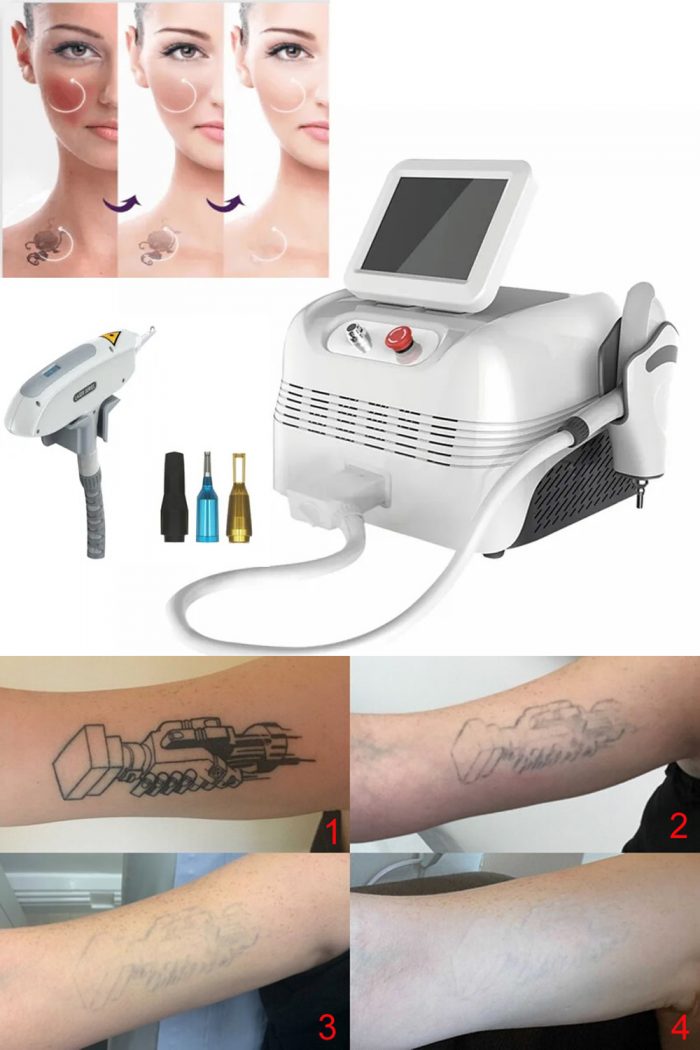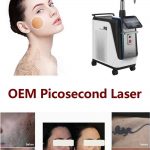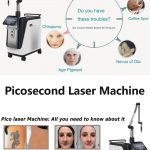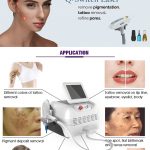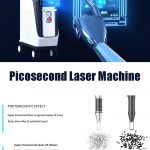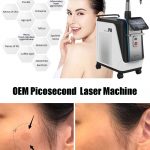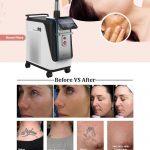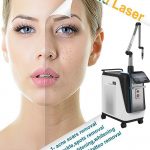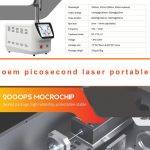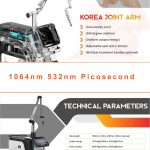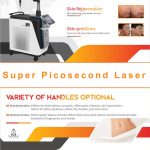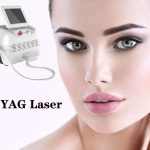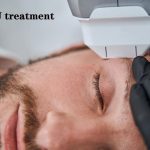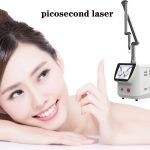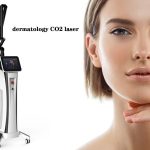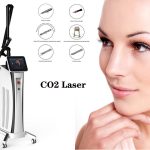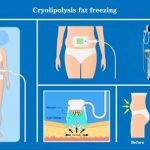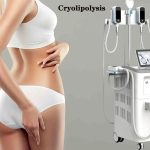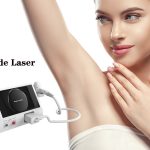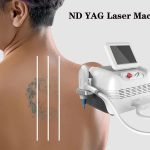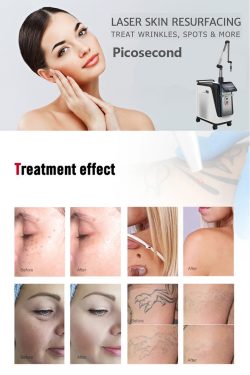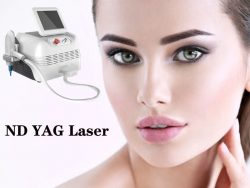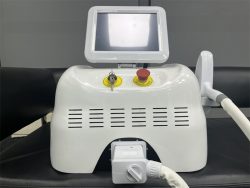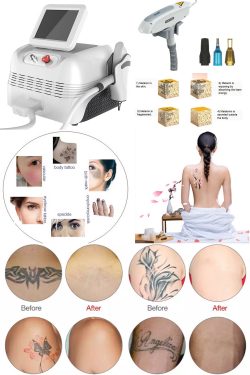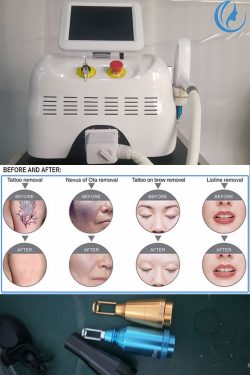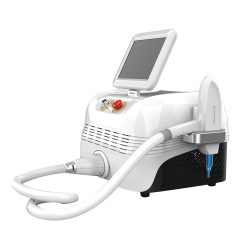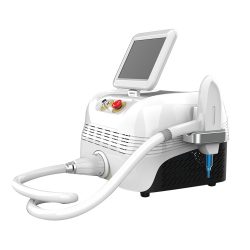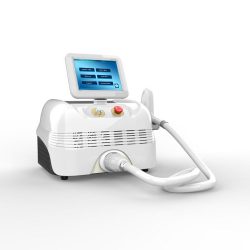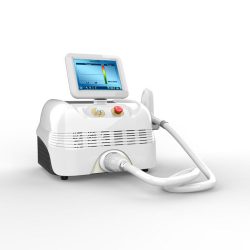The effects of laser tattoo removal
Nowadays, tattoos are becoming more and more popular, with the majority of them being professional or non-professional tattoos as artistic and aesthetic symbols. At the same time, the number of patients requesting tattoo removal due to the negative personal effects of the tattoo is also increasing. The principle of tattoo treatment is to remove the tattoo pigment as completely as possible, without leaving marks or scars. Traditional electrocautery, freezing, dermabrasion and implants are not effective. Laser tattoo removal machine treatment is now the best treatment available for tattoo removal.
Bvlaser is a professional laser tattoo removal machine factory, we have Q switched ND YAG laser tattoo removal machine for sale.
How does laser tattoo removal work
Lasers were first used to treat tattoos in the 1960s, but the damage to the surrounding tissues and scarring after treatment made the results unsatisfactory. It was not until the 1980’s that major advances in tattoo treatment were made with the introduction of selective photothermal theory, where a specific wavelength is preferentially absorbed by a pre-defined exogenous target pigment. Based on this theory, the target pigment should be heated rapidly before being cooled. For optimal destruction, the duration of the pulse must be shorter than the thermal relaxation time, or the time that causes the target to lose 50% of its energy.
Q switched ND YAG laser tattoo removal machine can be produced to achieve very short pulse durations and have peak energies above the continuous energy output. More and more lasers with shorter pulse durations are being developed with more precise target pigment destruction.
The choice of laser is based on the colour of the tattoo and the skin type. Commonly used lasers include the Q-switched Ruby laser (wavelength 694nm), the Q-switched Nd-YAG laser (wavelength 1064nm), the Q-switched Alexandrite laser (wavelength 755nm) and the frequency doubled Q-switched Nd-YAG laser (wavelength 532nm). In addition, the picosecond laser is fast becoming the mainstay of tattoo treatment. It has better efficacy as well as shorter treatment intervals. The current picosecond laser tattoo removal machine is 532nm, 694nm, 755nm and 1064nm.
Classification of tattoos
Tattoos, look very individual, but with the work, many people want to hurry to remove the tattoo, but the laser is a method, so many people want to understand the effect of laser tattoo removal, then the laser can removal off? In fact, some people think tattoos look good, some people think tattoos do not look good, the current laser removal of tattoos is an effective method, but divided into two cases:
1. ordinary tattoos: ordinary tattoos are black ink material, containing a large number of impurities, the use of laser wavelengths need to control the amount of tattoo washing pulse, a removal has a significant effect, generally after a course of treatment to restore the skin’s normal skin tone, or even whiter than the former skin.
2. coloured tattoos: coloured tattoos than ordinary tattoo colour, the treatment process is more complex, the number of treatments will also be extended, generally three months for a, need 3-5 times, the use of specific wavelengths are absorbed by the corresponding colour, will not have loss of other skin tissue, will not leave traces, to achieve smooth skin.
The laser tattoo removal equipment treatment the pigment and eliminates it from the body, while also promoting collagen production, improving fine lines and increasing the skin’s toughness, making it smooth and delicate.
How long does laser tattoo removal take
As it takes around 6-8 weeks for the pigment to be removed, the interval between treatments is usually two months. Black, blue, red, orange and purple are usually the easiest to remove, usually in 3 to 5 sessions. Green and yellow are the most difficult to remove, so multiple treatments are required to achieve a relatively good result. The number of treatments may vary depending on the colour of the tattoo. Darker dyes require more treatments than lighter dyes. The more dense the pigmentation, the more treatments will be required. An initial assessment of the approximate number of treatments and the final result of the tattoo can be made by taking a medical history.
Although results vary from person to person, most amateur tattoos can be treated with good results. Professional tattoos, on the other hand, are difficult to remove completely due to the variety of colours and deep, dense dye implantation, and most tattoo pigments remain in outline after removal. However, in any case, it is important to consult a professional if you wish to remove your tattoo to avoid irreparable scarring.
